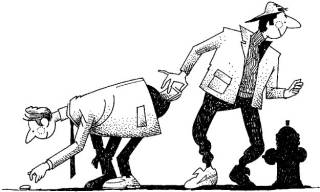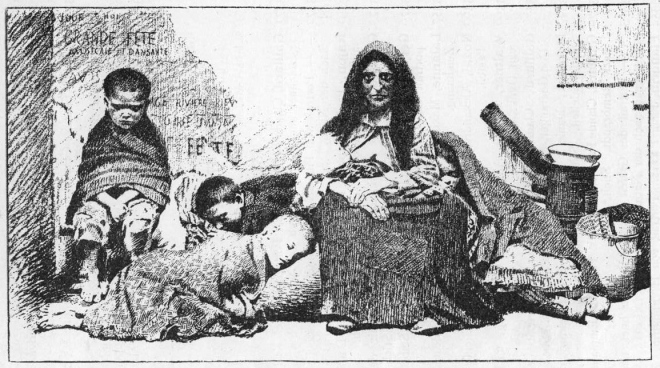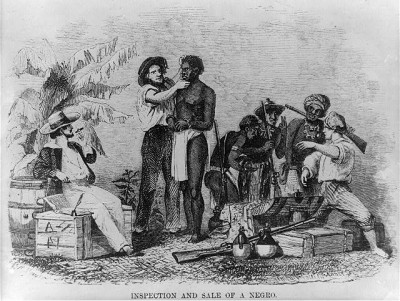The book Licentious Gotham, Erotic Publishing and It’s Prosecution in Nineteenth Century New York’s fourth chapter, called The Publisher’s and written by Donna Dennis, focuses on the banning of “indecent and obscene” pictures in America. A law was passed in 1842 that banned “the importation of ‘indecent and obscene’ pictures”. Unsurprisingly, the vigorous market in pornographic books and photos went on all the same. For example, Henry R. Robinson was the first to be arrested for this crime. A quote from the text itself explains in what formats Robinson’s illegal documents were found:
“The Herald floridly reported that, upon their arrival, ‘such a scene was presented to the eyes of modest men as would cause a blush to gleam from the face of brass.’ They found a huge cache of erotica in a variety of formats, ranging from engravings, etchings, paintings, lithographic sketches, and prints to pamphlets and books ‘of all sizes and shapes, with every possible characteristic of obscenity and lewdness that could be presented to the eyes or ears.’ On the spot, the police confiscated ‘several thousand Prints and Books all of an obscene nature,’ allegedly valued at nearly twenty thousand dollars.” While Robinson was potentially facing charges, he nonetheless continued to sell his prints, “Though he still offered a ‘very large quantity’ of obscene prints for sale, he kept them ‘in a small room partitioned off for that purpose.’”.
Another example of a man not obeying the law was the one of Richard Hobbes in 1842. “Whereas Robinson specialized in lubricious prints, Hobbes was the source, according to the Herald, of ‘nearly all the obscene and infamous books that flood the city’”. Hobbes also faced charges but seems to have avoided conviction as well. Clearly there were some high profile crackdowns on obscene and pornographic material after the law was passed, but even those major players seemed to have avoided conviction.
Dennis points out that rather close up shop, “Publishers and dealers in obscene materials, rather than passively accept the strictures of the law, focused on ways to manipulate the rules to serve their own ends”. They seem to have mostly succeeded. Contemporary America has a far more relaxed attitude towards pornography, and much of what would be considered commonplace today would have been extremely indecent in 1842. Flipping through a playboy magazine or watching porn are considered “normal” in modern society and not signs of sexual deviance.
Of course there are some forms of pornography and imagery that are still illegal, for example child pornography. For the most part it seems that the line has been drawn around consent, and for those who cannot give consent, like children, pornography can never be justified. This line seems fair, logical and intuitive, and seems to be respected by the vast majority of Americans. Donna Dennis’ text however does suggest that the banning and prohibition of certain items gives rise to the difficulty of fighting black markets and that for some problems there may not be easy solutions other than vigilance and making a social commitment to fighting certain terrible acts.






